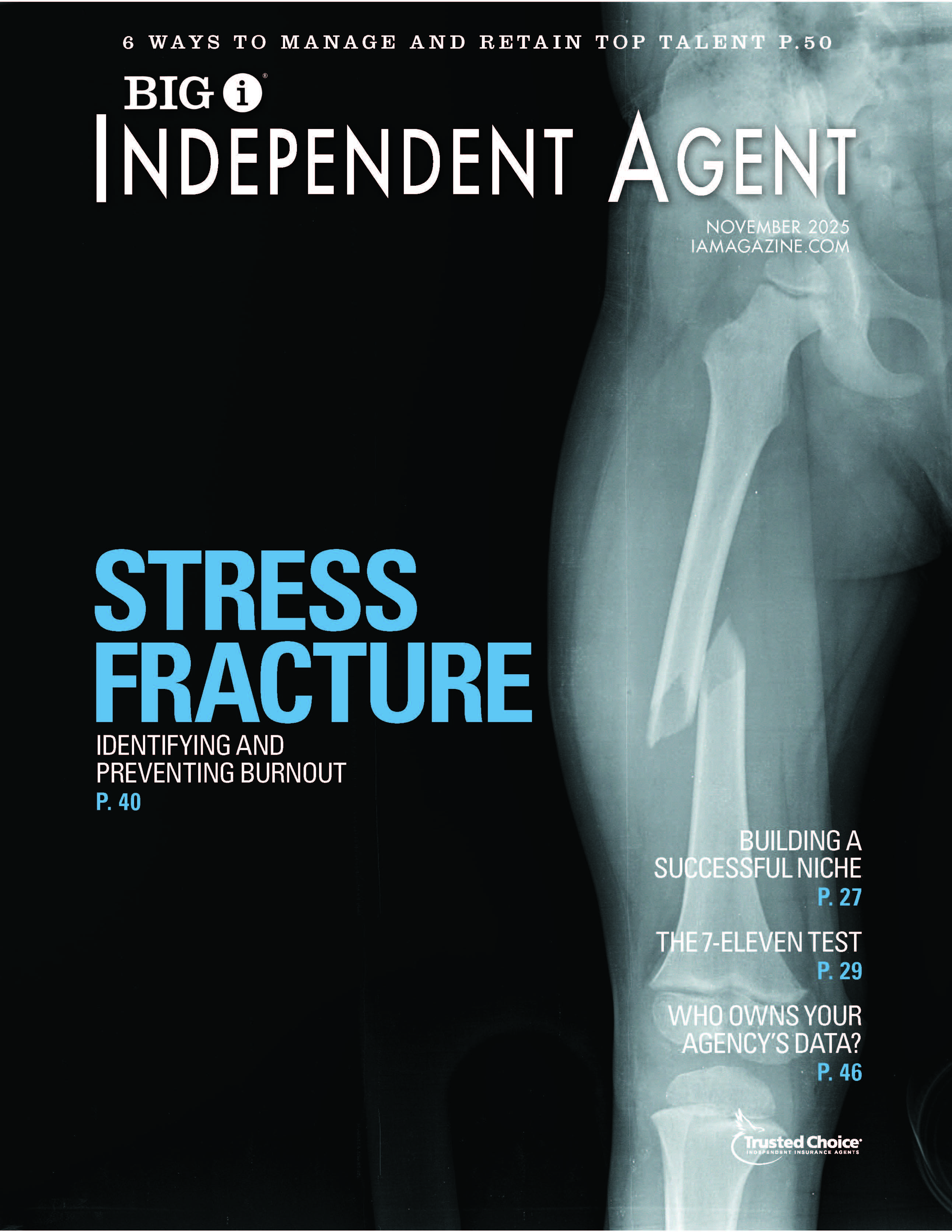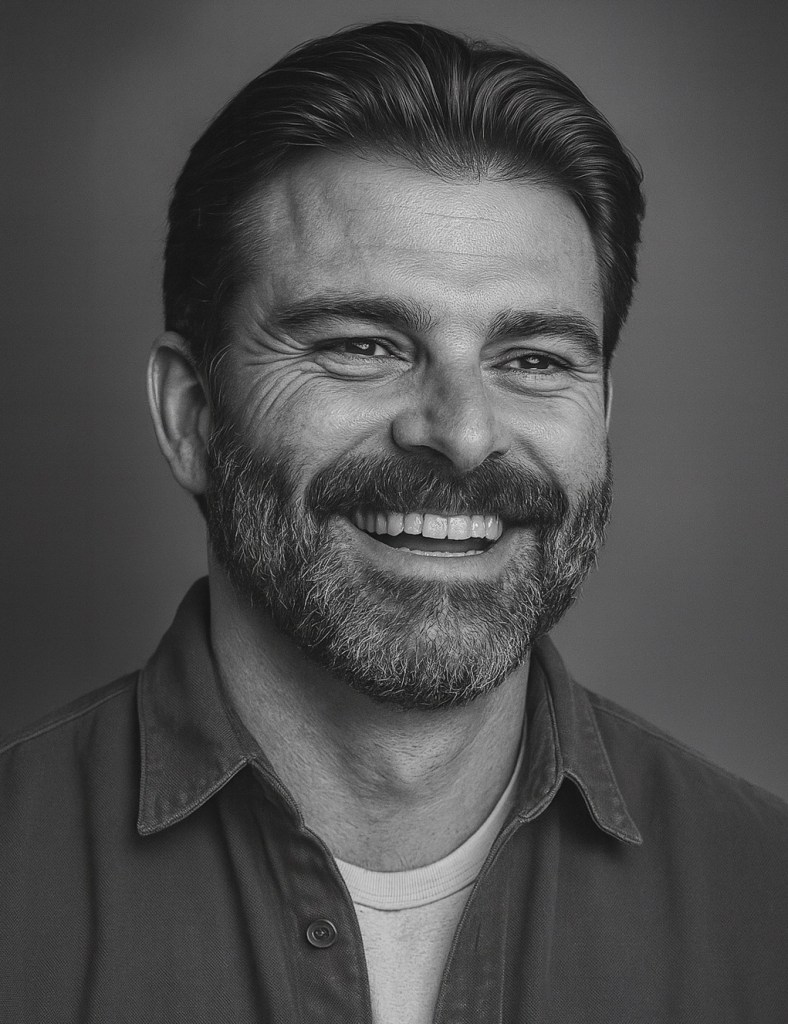Make the Best Use of Your E&O Claims Team
By: Charles W. Phillips
Most E&O policies provide for the reporting of potential claims, and that’s exactly what an agent should do—it not only helps you avoid coverage issues in the future, but also gives your carrier an opportunity to work with you to keep the situation from escalating.
Here are just a few of the steps your E&O carrier’s claims team might be able to take when your agency is facing a potential E&O disaster:
Help prepare for a claim. Sometimes a claim is unavoidable, but in many cases your claims department can advise you on how to respond to inquiries from your customer, carriers and attorneys. This can help you position your defense in a better light when the claim is pursued or a suit filed.
For example, one client who operated a party bus told its E&O insured agent that one of his customers had fallen out of his bus and was killed. The customer had a $1-million policy, but the victim’s family was already questioning whether the customer was required to have more coverage. The insured reported this immediately to the carrier, which teamed up with pre-suit counsel to help the agent negotiate the legal inquiries and point the claimants towards the parties that were truly responsible.
Assist in negotiations. If the potential claim relates to what may not be covered on the underlying loss, your carrier may be able to step in and help your customer get the most favorable settlement possible.
For example, one E&O insured placed an inland marine policy for an oil-drilling company that included rental of a replacement rig to allow the customer to avoid lost profits. Unfortunately, the insured had represented that the coverage would pay up to $25,000 per day, when in fact the actual limit was $25,000 total. It wasn’t until the rig was damaged and declared a total loss that the insured agency discovered this potential gap in coverage.
The insured reported the potential claim to its E&O carrier. Instead of sitting back and just letting this play out, the E&O carrier hired a highly experienced adjuster to assist the company in finding a replacement rig. The adjuster developed a good relationship with the customer and was able to locate a temporary rig at a fairly negotiated price, which helped avoid a lost profits claim. The adjuster was also able to locate a replacement rig in the secondary market that the customer could bring on line as soon as it had completed the settlement with the carrier. Ultimately the carrier only paid $25,000 on a claim that had a potential damage model of over $4 million—and the drilling company was so satisfied that they remained a customer of the insured.
Help change minds. In many instances, another party is responsible. By involving your E&O claims team early, you may be able to develop legal theories you might not have considered otherwise—and in some cases get a third party to pay some or all of the claim.
For example, one E&O insured agency reported a potential claim after it learned that the default judgment had been entered against its client. The carrier denied coverage, alleging late notice and that the customer was not a named insured. The E&O carrier was able to review the denial letter and evaluate the coverage, determining that the carrier was responsible for covering the claim. A well-drafted letter by the adjuster and pre-suit counsel convinced the carrier to reconsider its denial and to accept coverage, saving the insured from facing a claim for more than $200,000.
Act as an ally. What can be even worse than burying your head in the sand is trying to deal with the situation on your own—you not only potentially jeopardize your professional liability coverage, but may also miss opportunities to leverage your position and resolve a claim before it develops.
For example, one agency got what appeared to be a simple, informal request to supply its customer’s attorney with documents. Rather than reporting this as at least a potential claim, the agency went ahead and supplied documents—but failed to provide a document that showed that the agent had offered a personal umbrella in the past. The injured party settled with the agency’s customer and took an assignment against the insured for a $2-million claim. While the E&O carrier was able to use the document to help settle the claim, it did not have the impact it would have had if produced at an earlier stage. The claim ultimately settled for just under $500,000, it is quite likely it would have settled for much less earlier in the process.
You never know whether your E&O carrier’s claims department might be able to help. But if you don’t report the potential, they’ll never even have the chance.
Charles W. Phillips is a vice president, claims and liability management for Westport Insurance Corporation, which is part of the Swiss Re Corporate Solutions business. He manages a team that handles claims against insurance professionals out of the Overland Park, Kan. office.










